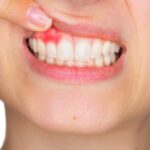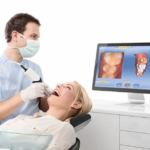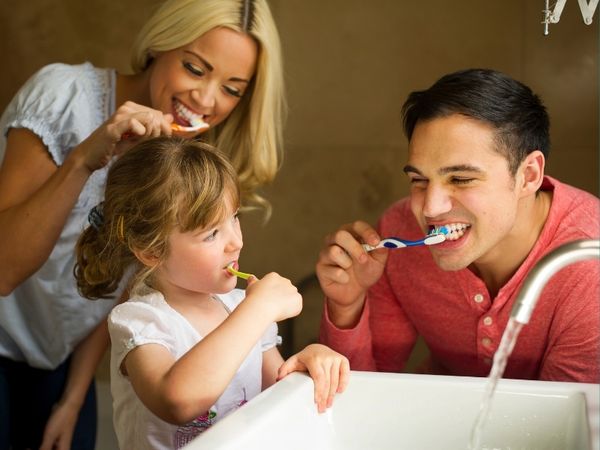
What Is the Right Way to Brush to Your Teeth?
You have been brushing your teeth for your almost your entire life (and we hope flossing, too). But when you step up to the sink, are you really brushing your teeth properly and are you getting your teeth as clean as they can be?
It takes at least two minutes to properly do the job. That’s right, 120 seconds! Have you ever counted or watched on a cell phone timer? Most adults and kids do even come close to brushing that long.
First, use short, gentle strokes. You will also want to pay extra attention hard-to-reach back teeth and areas around fillings, crowns or other restoration. Plus, you want to make sure you are paying attention to the gumline. A thorough cleaning of each section includes the following:
- Clean the outer surfaces of your upper teeth, then your lower teeth
- Clean the inner surfaces of your upper teeth, then your lower teeth
- Clean the chewing surfaces
- For fresher breath, be sure to brush your tongue, too
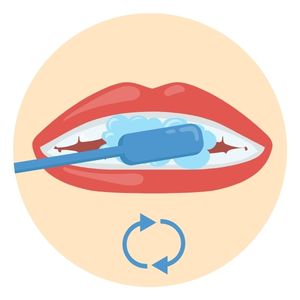
Tilt the brush at a 45° angle against the gumline and sweep or roll the brush away from the gumline.
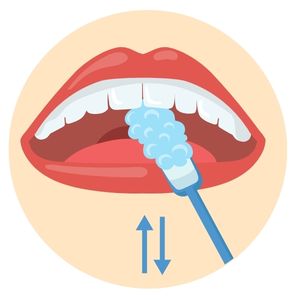
Gently brush the outside, inside and chewing surface of each tooth using short back-and-forth strokes.

Gently brush your tongue to remove bacteria and freshen breath.
What Type of Toothbrush Should I use?
As a dentist, we recommend a soft-bristled brushes. Remember, if you apply too much pressure or are overzealous when brushing, it can negatively impact the enamel and gums. It is the best option for removing plaque and debris from your teeth. To better reach all areas of the mouth, small-headed brushes are also preferable. They are especially great for those hard-to-reach back teeth. You can also use a powered toothbrush. It can do a better job of cleaning teeth, especially the ones with timers to count the 120 seconds for you.
When Should I Replace My Toothbrush?
When it begins to show wear, you should replace your toothbrush. That should be about every three months. Some toothbrushes have bristles that start to change colors when they are getting worn.
If you recently had the flu, it is also a good idea to switch up your toothbrush because germs can collection on the bristles. A fresh toothbrush will help you avoid reinfection.
How Important is the Toothpaste?
It is important that you use a toothpaste that’s right for you. You can find a toothpaste designed for many conditions, including cavities, gingivitis, tartar.
There are whitening varieties for stained teeth and options for sensitivity. Just ask the hygienist or dentist when you come in for your six-month dental checkup.

